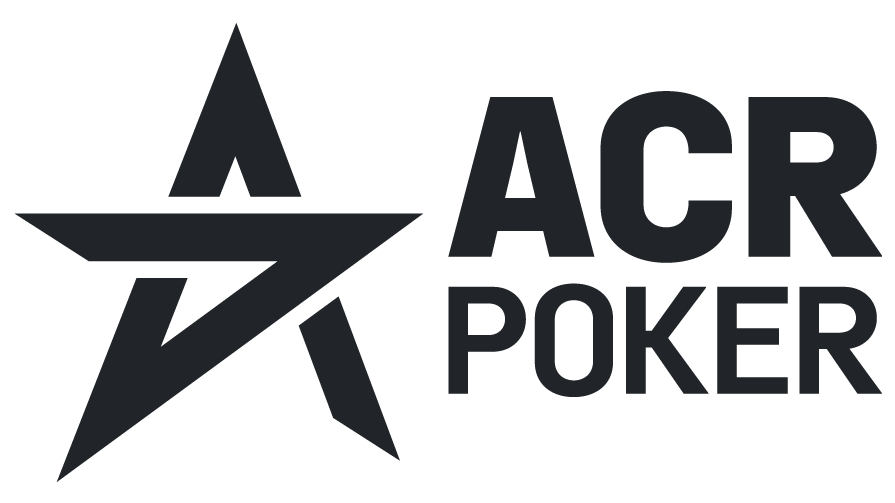
What Does Worst Likely Hand Mean in Poker?
In poker, the ‘Worst Likely Hand’ refers to the weakest hand an opponent is expected to have in a given situation, based on their betting patterns and the community cards visible.
When You Might Hear Or Use The Term Worst Likely Hand:
This term is often used in discussions about hand reading and range analysis, particularly when determining whether to bluff or make a value bet. It’s commonly mentioned when players are assessing the risk of their opponent’s potential holdings.
In-Game Example:
Imagine you’re playing in a no-limit hold’em cash game. The flop comes AKT and your opponent has been betting aggressively. Based on their previous actions and the board texture, you deduce that the worst likely hand they might hold is a hand like AJ, which still gives them top pair.
Strategy / Tips:
- Best Practice: Use this concept to refine your betting and calling decisions by estimating the weakest hand your opponent might have.
- Common Mistake: Overestimating the strength of the worst likely hand, leading to unnecessary folds or missed value betting opportunities.
- Pro Tips: Adjust your perception of the worst likely hand based on player tendencies and table dynamics. In live games, focus on physical tells and betting patterns; online, rely more on timing and statistical reads.
- Differences playing over the table vs online: In live play, subtle physical cues can influence your assessment of an opponent’s range, whereas online, you depend more on betting patterns and speed of play.
Alternative Names:
Commonly referred to as “Bottom of the Range.”
FAQs:
Q: How can identifying the worst likely hand help my game?
A: By knowing the weakest hand your opponent might hold, you can make more informed decisions about bluffing or extracting value, thus optimizing your strategy.
